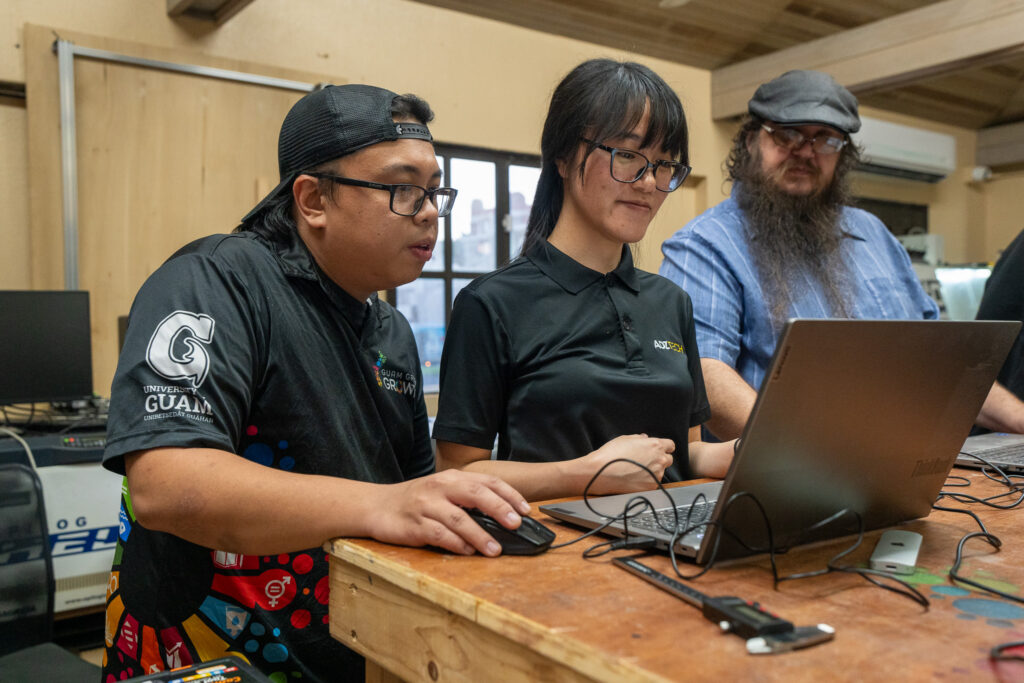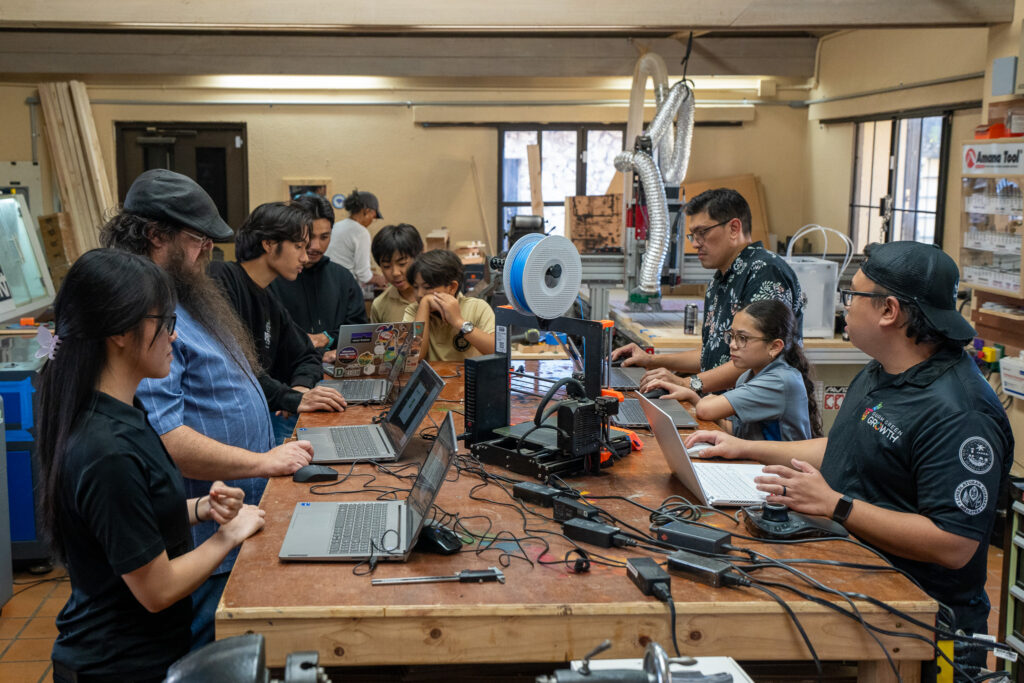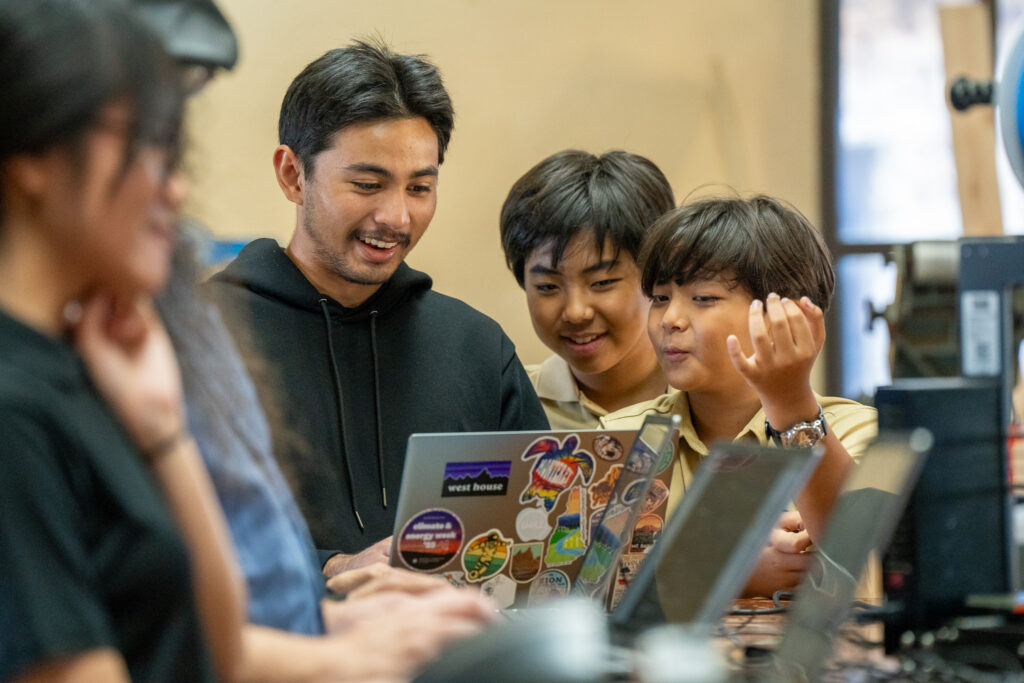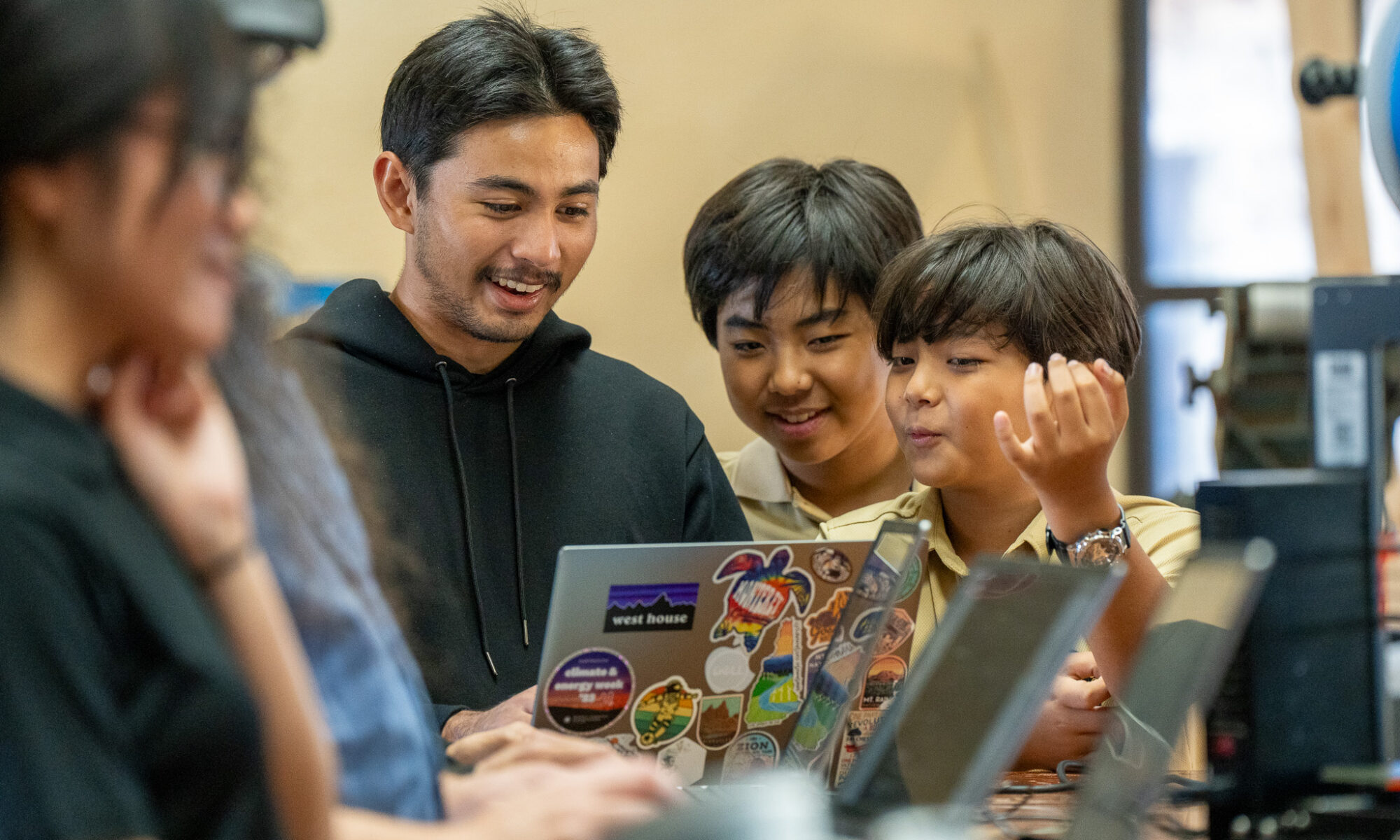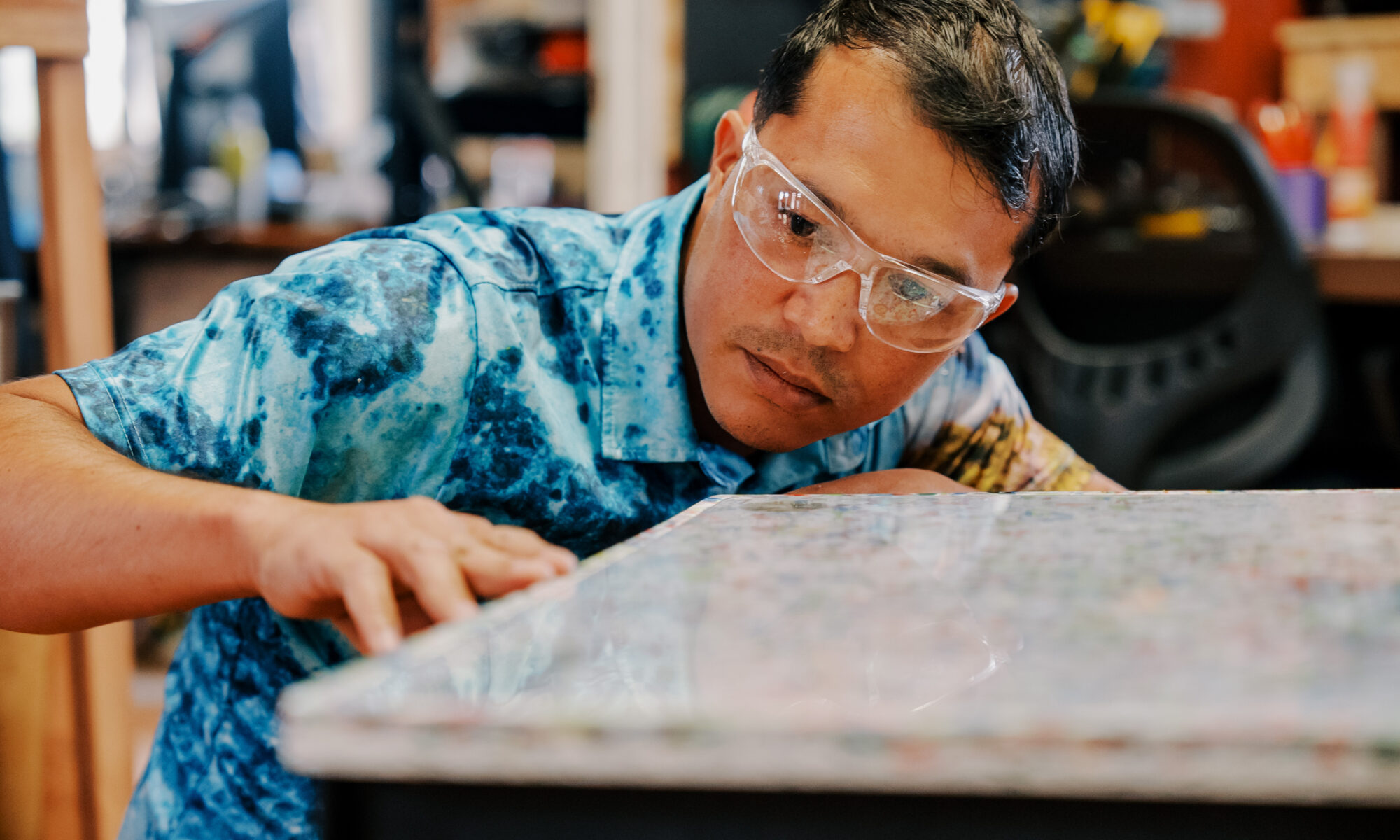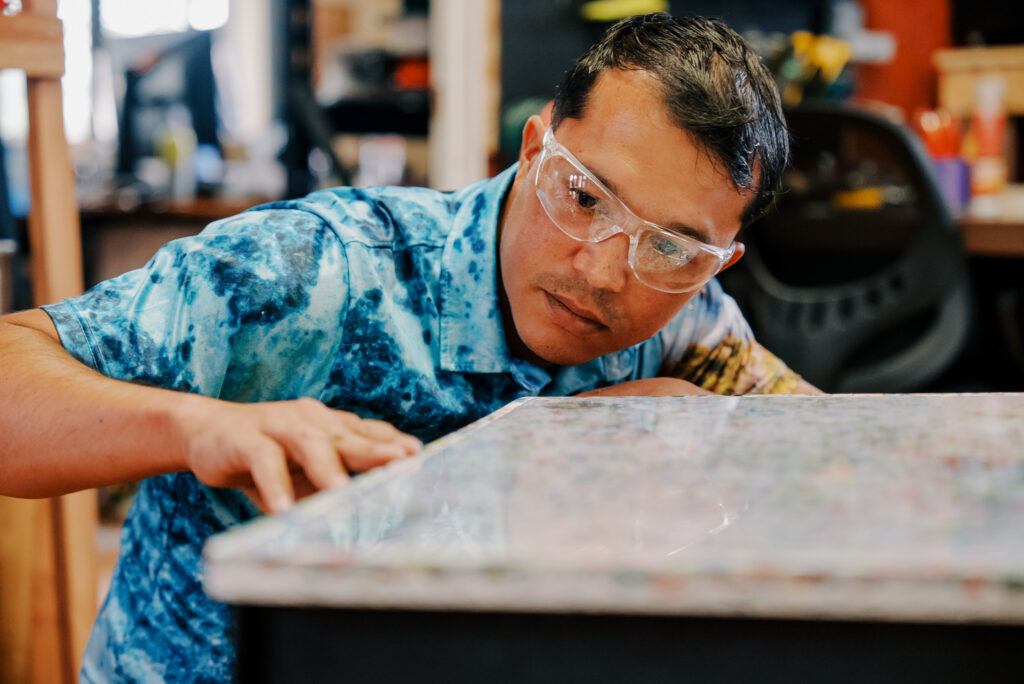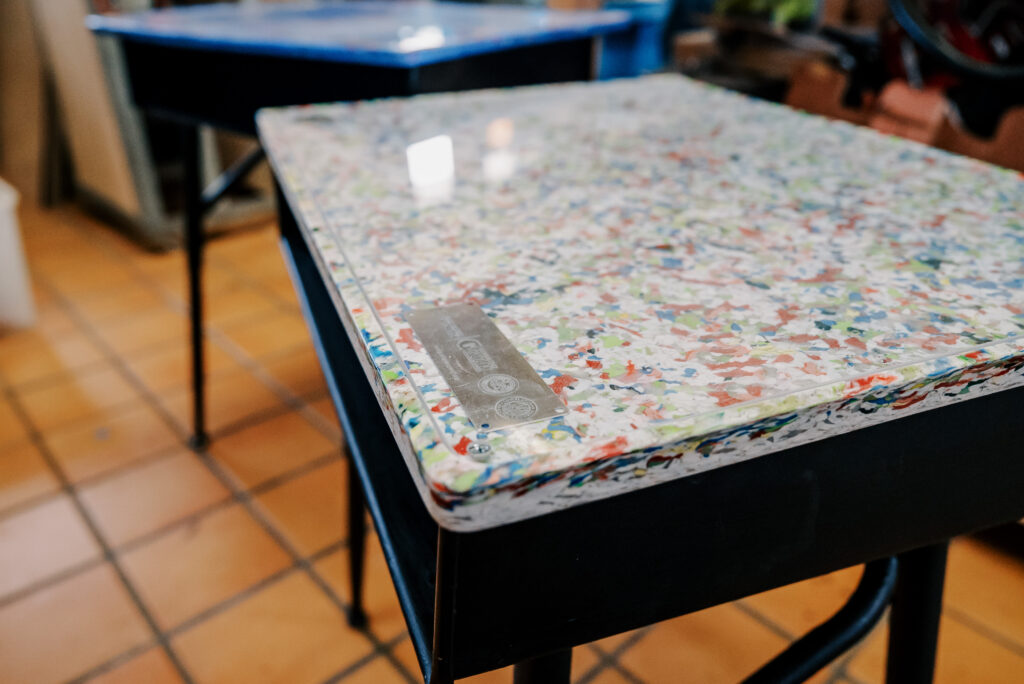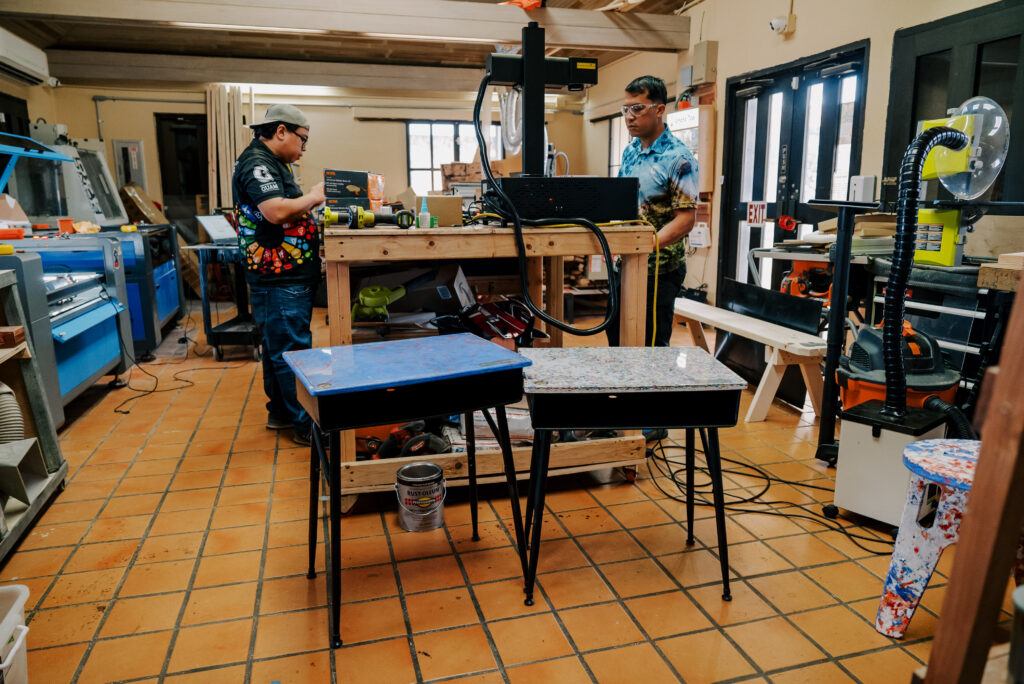The Guam Green Growth Circular Economy Makerspace and Innovation Hub (G3 Makerspace) has started a campaign to collect recyclable plastics in support of a new project to refurbish school desks. This initiative aims to provide a sustainable solution to a common problem in schools and address a significant challenge in waste management on island.
A waste characterization report commissioned by the Guam Environmental Protection Agency (Guam EPA) and the Guam Bureau of Statistics and Planning (BSP) found that plastics make up around 25% of the island’s waste that ends up in the Layon landfill. Plastics were the second most common material found, following organic waste.
The significant volume of plastic waste that goes to the landfill highlights the importance of initiatives like this desktop refurbishment project, which aims to turn discarded materials into durable, functional products for the community, according to University of Guam Center for Island Sustainability and Sea Grant Director Austin Shelton.
“Through this project, the G3 Makerspace and Innovation Hub is helping build a waste management pipeline that transforms recyclable plastics into school desks for our students, keeping them out of the landfill and giving them new life,” Shelton said.
The initiative began earlier this year when Navigating Home fellow Justin Cruz, who is assigned to the G3 Makerspace, created a prototype for a desk using recycled plastics. Cruz revealed the desk prototype during the announcement of his fellowship, which led the G3 Makerspace to turn the idea into a full-scale project.
“A lot of our schools have poor-quality desks,” said Emily Wendte, G3 Makerspace coordinator. “The tops of the desks are made from a composite material that disintegrates, making them unsafe for kids to use. So, they end up throwing the whole desk away.”
Starting with one classroom at Maria A. Ulloa Elementary School in Dededo, the G3 Makerspace aims to complete between 30 and 50 desks, according to Wendte.
To create the new desktops, the G3 Makerspace would need two types of recyclable plastics: #2 high-density polyethylene (HDPE) and #5 polypropylene (PP). HDPE is commonly found in shampoo bottles and laundry detergent containers, while PP is used in yogurt containers and some to-go food containers.
According to Wendte, producing one desktop requires a significant amount of material. “So if we make these desktops from a 3 ft x 3 ft sheet, about three-quarters of an inch thick, that’s roughly 50 pounds of plastic for one sheet.” These plastic sheets are processed using equipment such as a shredder and an extruder machine at the G3 Makerspace & Innovation Hub.
The project has a target completion date in the first quarter of 2026. To support the effort, the G3 Makerspace is collaborating with the UOG Center for Island Sustainability and Sea Grant, UOG Residence Halls, and UOG Global Learning & Engagement to collect recyclable plastics.
“UOG is going to participate in recycling,” said Wendte. “So we’re going to recruit some dorm residents to collect plastics from the dorm, clean them, and prepare them for us to recycle.”
The desk refurbishment project is part of a larger research and product development effort at the G3 Makerspace aimed at finding innovative uses for recyclable plastics. Another project, in partnership with Ernesto Guades, Ph.D., assistant professor at the UOG School of Engineering, involves exploring how certain types of recyclable plastics can be prototyped into construction materials
How to Donate
Those interested in donating plastic containers can drop them off at the Plastic Resource Center of the G3 Makerspace and Innovation Hub (Unit 114) at the CHamoru Village. Donations are accepted every Wednesday from 3 p.m. to 8 p.m. during Night Market. For more information, call 671-683-7715.
Before Donating Containers:
Check the recycling number. Look for the number inside the recycling symbol, usually located on the bottom or back of the container.
Only #2 (HDPE) and #5 (PP) plastics are accepted. Examples include coffee containers (except lids), laundry detergent bottles, yogurt containers, and to-go food containers.
Remove all labels and clean thoroughly. Unclean plastics won’t fuse properly and could damage the machines
